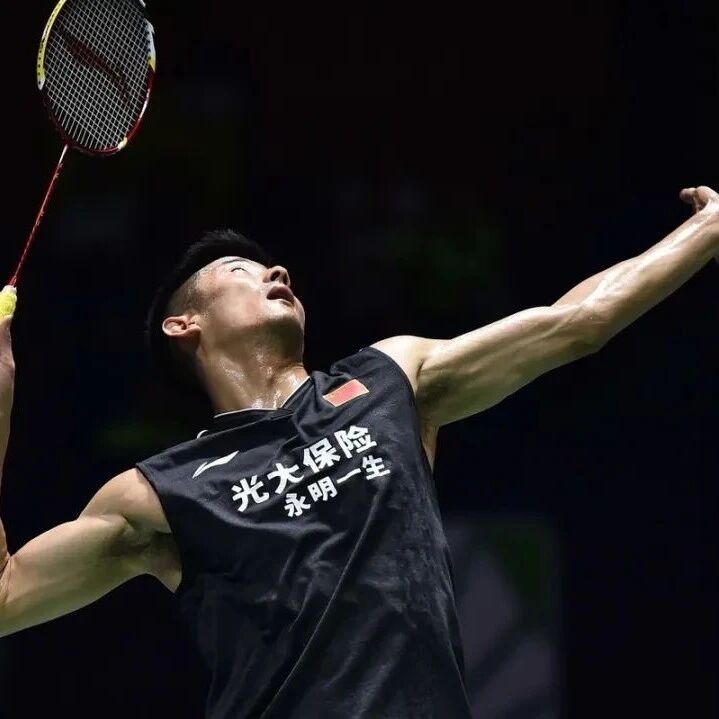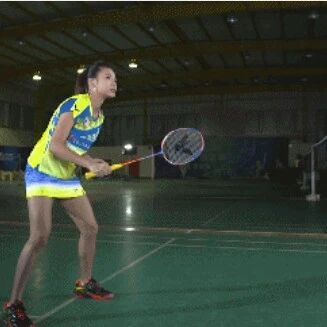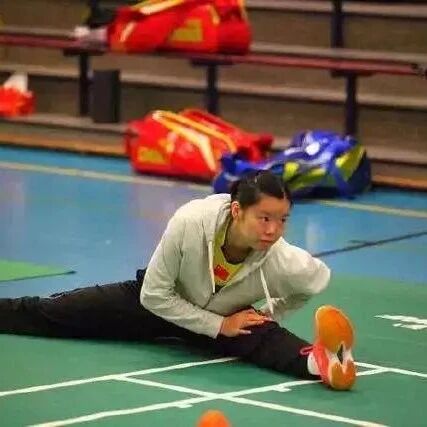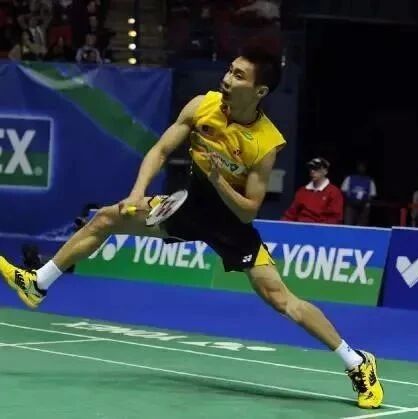
When playing backcourt shots, we often feel this way: our smashes lack power, our clears don’t land where they should, our drop shots aren’t subtle enough, and our high, looping smashes lack consistency. As a result, these backcourt shots hardly pose any real threat to the opponent.
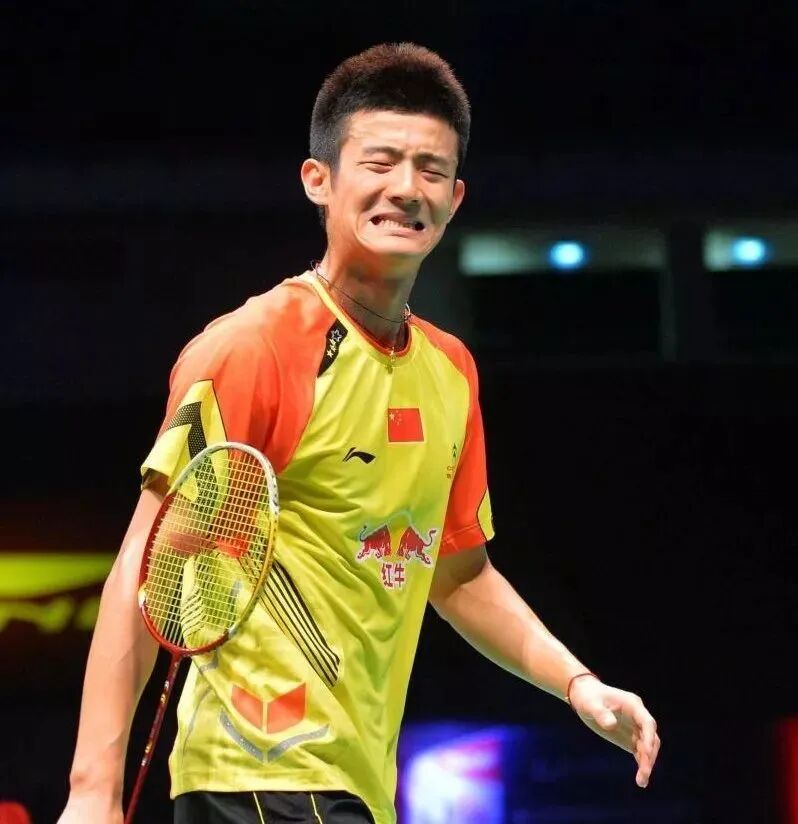
If you can't even threaten the backcourt, it’ll be nearly impossible to beat your opponent. That’s why improving your offensive presence in the backcourt is crucial—specifically, by honing the consistency of your backcourt shots. No matter what type of shot you play, maintaining a single, fluid swing will effectively confuse your opponent. But achieving true consistency in the backcourt requires relentless practice of your swing. Sadly, this monotonous, repetitive motion is often overlooked by countless players, which ultimately becomes a major reason why amateur players struggle in the backcourt.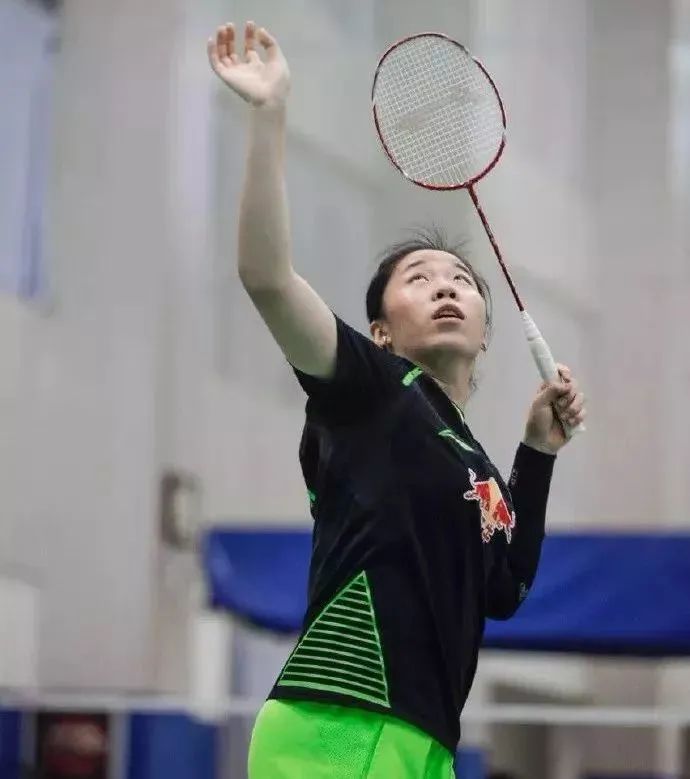
However, repetitive swinging motions are crucial, as many professional players spend countless hours practicing swings early in their training to master the correct hitting technique and refine the vital link between power generation and transfer. Swinging acts as a bridge, seamlessly connecting the foundational skills with the advanced techniques needed for peak performance.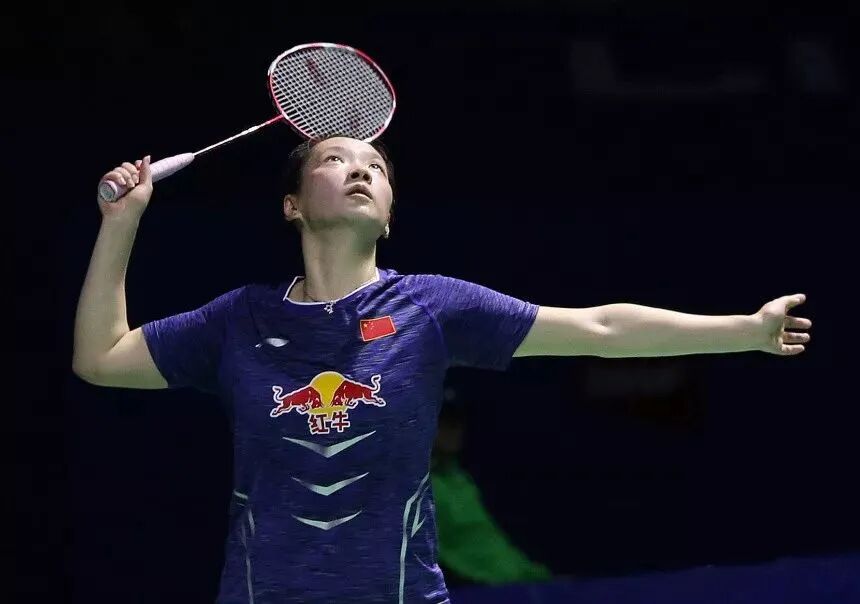
Rack shot → Backswing → Forward swing → Follow-through;The backswing is for getting ready; the takeaway is for building momentum; the forward swing is for accelerating the shot; and the follow-through is for releasing tension and absorbing impact.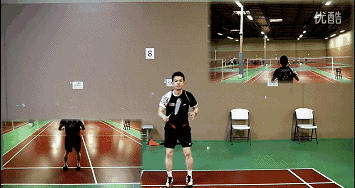
Drill work without a ball—perfect for practicing anytime, anywhere!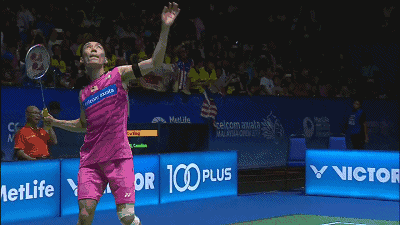
Practice with the ball to better feel the impact of your shots;Use off-ball drills to solidify your movements and understand the mechanics of force transfer, while incorporating on-ball practice to refine and address any shortcomings in real-world application.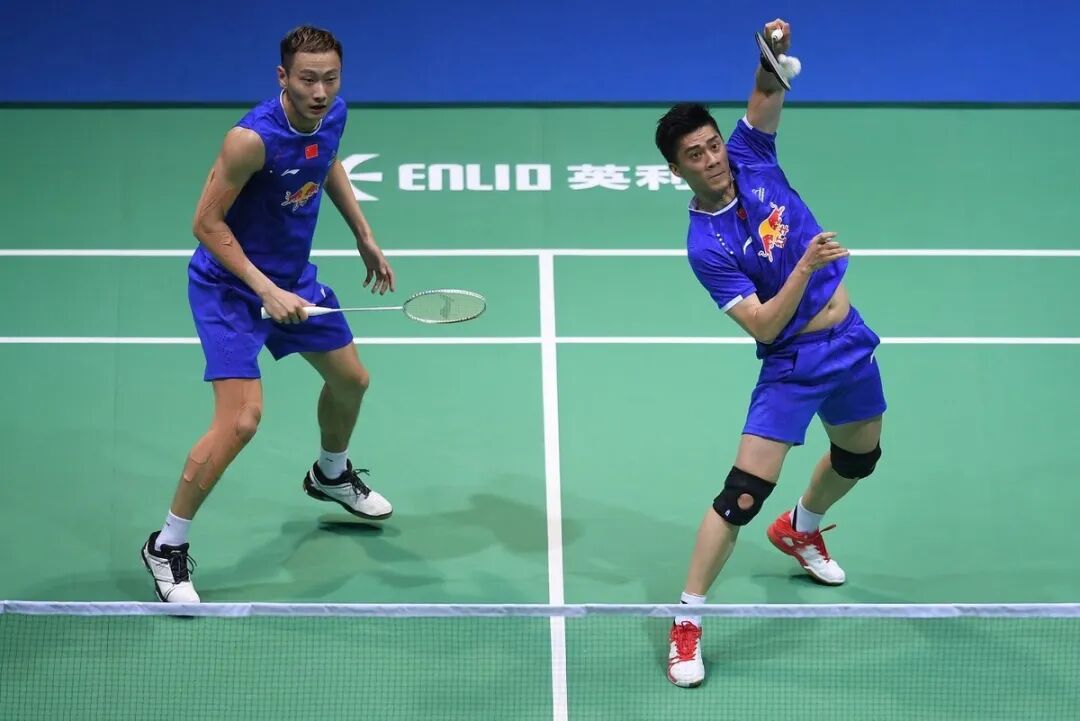
The Importance of Swinging the Racket:1. When professional players were young, they had to practice swinging their rackets every day—and even after becoming adults, they still need regular racket-swinging exercises.Swinging the racket may not necessarily improve much at first, but with each repetition, the motion becomes smoother and more natural—until eventually, no matter the posture or how twisted the movement, as long as your arm intends to execute a high, powerful swing for a lob shot, you’ll be able to do it effortlessly.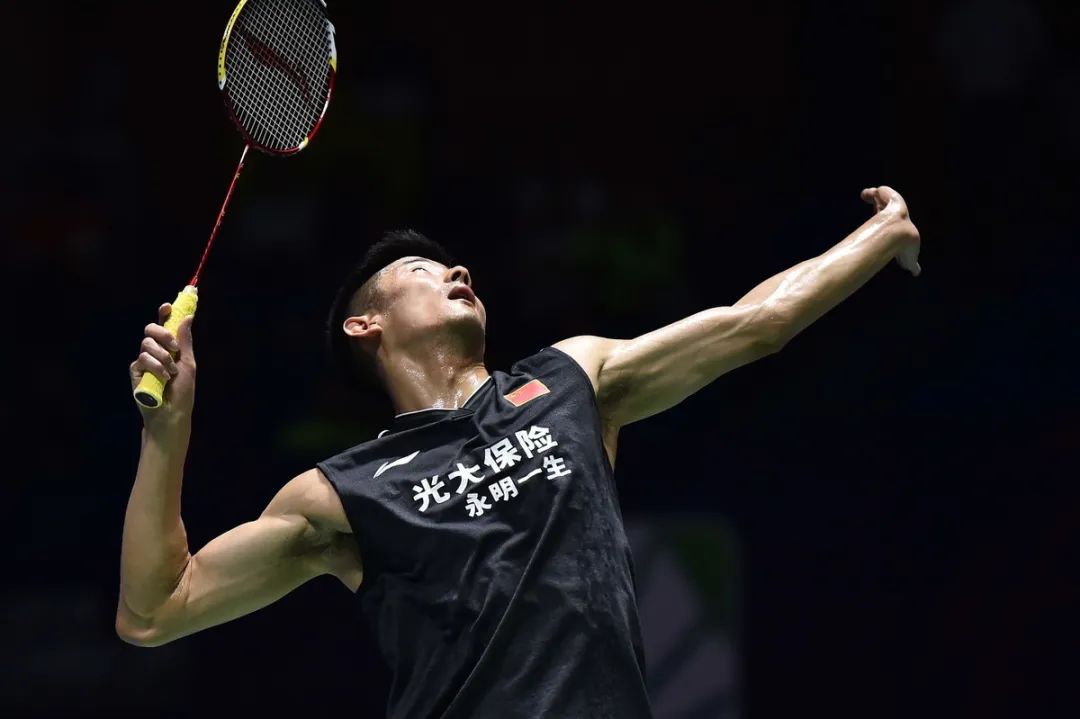
2. Movements should progress from physical form to a perfect blend of form and spirit:Proper technique aligns with the movement patterns of most people, making it easier to generate power and maintain control. The true essence lies in the movement's inner mechanics—by executing a consistent stroke, you can better connect with the subtle yet powerful forces at play. While establishing a solid framework for your technique, continually refine the finer details, striving for perfection in every aspect of your swing.
3. Striking the ball should be purposeful:Movements are not performed correctly—stick to more standardized motions; force generation feels uneven—focus on refining your power delivery. Above all, make sure your practice is targeted and deliberate, avoiding randomness. Instead, carefully work through each imperfection, perfecting them one step at a time.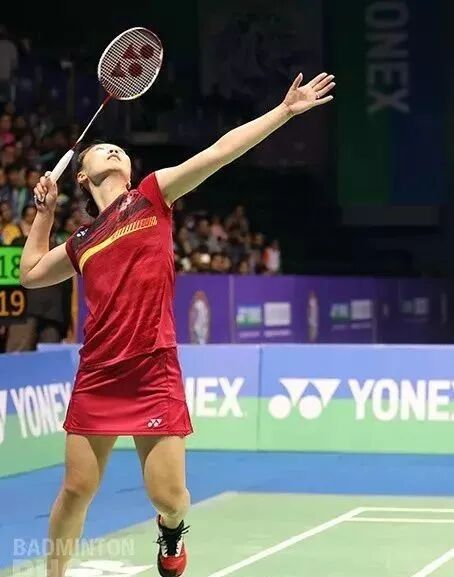
4. Swinging the racket can sometimes feel tedious, but trust that gradual accumulation leads to transformative change:You don’t have to do every swing-and-hit practice in one go—work gradually, bit by bit. For example, start with 100 swings divided into 5 sets, then slowly reduce it to 3 sets, and finally to 2 sets. Once your skill improves, you can tackle the full 100 swings in one go—and even increase the number of sets as your confidence grows. Meanwhile, while waiting off the court, make use of those small pockets of time to practice a few more sets, ensuring you maximize every spare moment.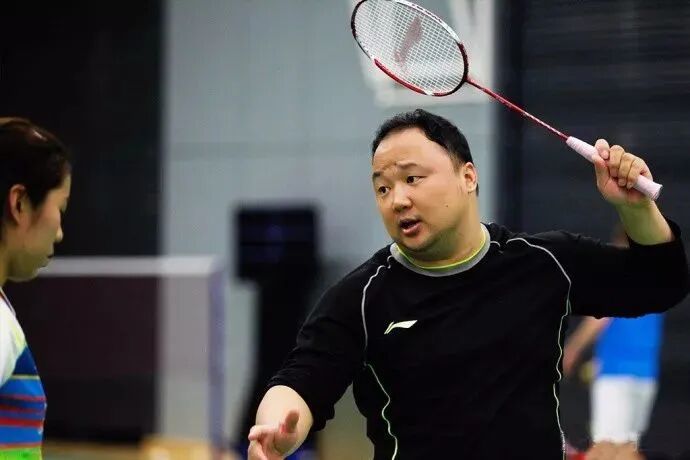
5. When learning the sport, don’t immediately focus on how to generate power or how to move fast—first, make sure your movements flow smoothly.Move smoothly first, then gradually add strength—otherwise, you’ll end up straining your joints. The harder you push, the faster you’ll wear them out. And here’s the key: it’s precisely when you feel like you’re not exerting much effort that your movements become most efficient, allowing the power to build up—and concentrate—on the ball.6. Learn to feel the power coming from your fingers and wrists:Fingers and wrists are the final step in channeling power, playing a critical role in control, directional changes, and maintaining stealthy. At the same time, strengthening the absolute strength of these areas is essential—after all, many intricate movements during a shot rely precisely on these "small but powerful" actions to generate force.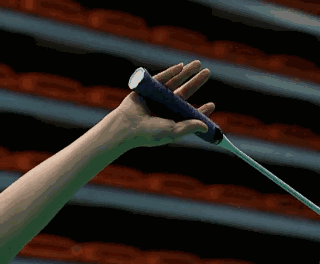
7. Keep your swing relaxed to unleash explosive power:When swinging the racket, stay relaxed—but brake sharply at the moment of impact, then instantly tighten your muscles. The greater the contrast between relaxation and tension, and the quicker the shift between them, the more explosive your power will be. Remember: Start by relaxing, then snap into a tight, focused contraction in an instant.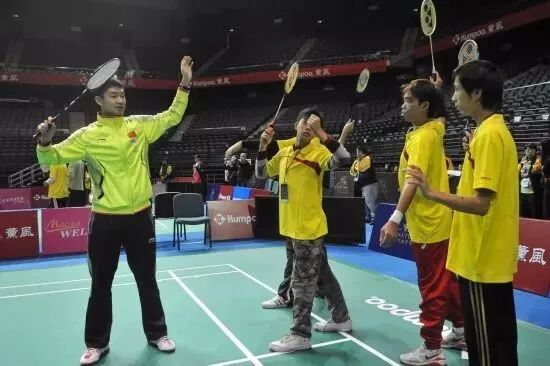
8. Rotating the racket inward and outward during the swing is a natural movement:The swinging motion naturally involves both internal and external rotation—there’s no need to deliberately practice it, as this is simply dictated by the physiological structure of your joints. When you swing freely and relaxed, these rotational movements will occur naturally. Often, people feel they can’t perform internal or external rotation, but in reality, once your swing technique is properly executed, the rotations will follow naturally as well.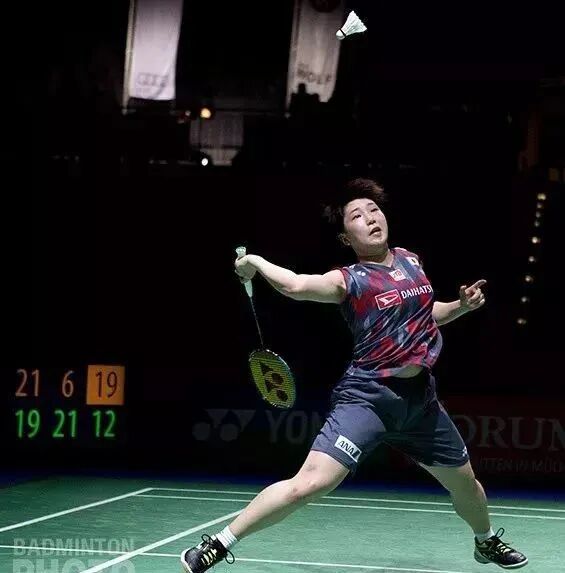
When you walk for an extended period, you typically only experience muscle soreness—your bones and joints won’t feel pain. That’s because walking is a natural movement, allowing your muscles to engage smoothly and efficiently. The same goes for swinging a racket: when you swing fluidly, your motions align perfectly with the natural mechanics of your joints. As a result, you’re more likely to feel just muscle fatigue from overuse—joints themselves remain surprisingly resilient—and injuries are much less common.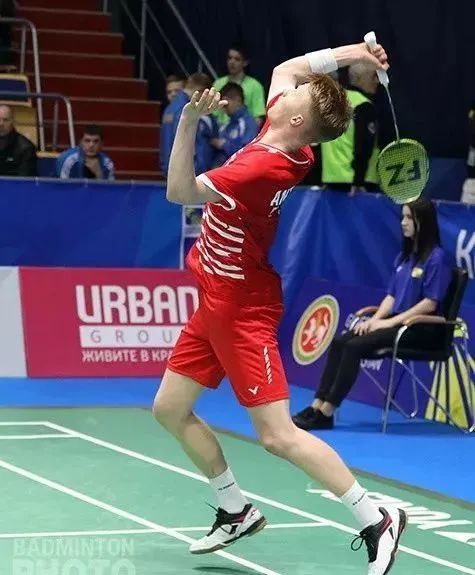
10. Assessing the Correctness of the Swing:① By using your phone's video recording function to capture your own movements, you can better identify areas where your technique falls short—greatly benefiting your ability to refine and improve your swing.② Conduct ball-based practice to develop synergy between your swing and shot, and if any issues arise, repeat the swing drills to correct them.
When you have free time, practice your swing more—consistent technical drills will naturally improve over time.When you're struggling to hit your backcourt shots accurately, practice your swing more—because as you keep swinging, hitting the sweet spot will naturally become easier.When your high lob is easily spotted by others, practice your swing more—it’ll help make your movements look incredibly realistic!
More article recommendations:
Have you ever seriously considered what’s truly holding back your progress in the game?
Why do you feel happy after playing badminton?
There are five common power techniques used in badminton—practice them frequently when hitting the shuttlecock to truly grasp the secrets behind their effectiveness.
